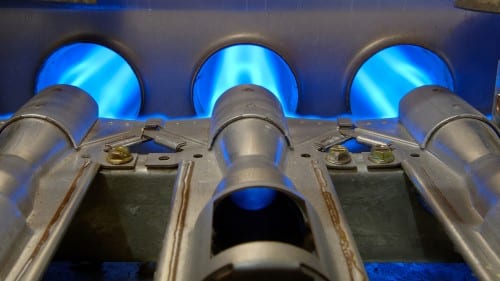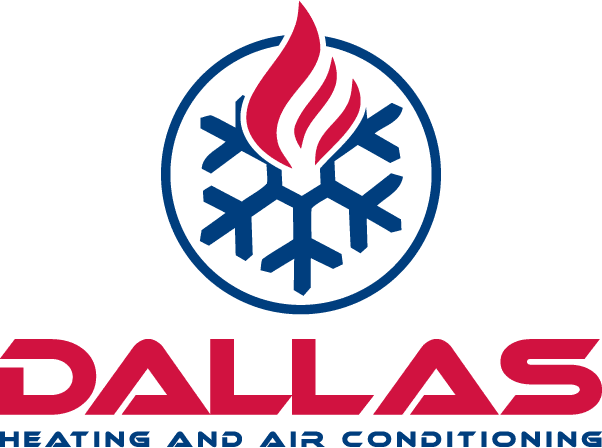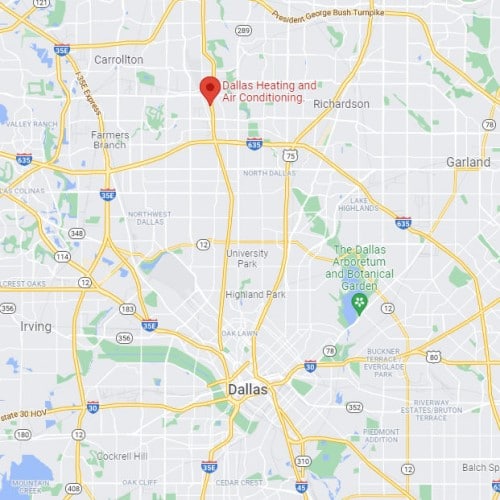How to Troubleshoot Furnace Issues

Knowing the sequence of operation of a gas furnace will save time and money on heating system troubleshooting calls. We see time and time again, that technicians order multiple parts to repair a gas furnace. Did the gas valve, control board, ignitor, and limit switch really all fail at the same time? Probably not.
The sequence of operation may vary depending on type or brand. But for the most part, manufacturers have all gone to a hot surface or direct spark ignition, the sequence of operation is as follows:
- Heat call from the thermostat. The control board does a safety check (limit switches, roll out switches).
- The inducer motor comes on.
- The pressure switch must close to go to the next step.
- The hot surface ignitor begins getting hot / direct spark ignitor begins to spark.
- The gas valve opens.
- The furnace lights.
- The flame sensor senses flame
- 30 seconds – 1 minute later, the blower motor comes on. The main burners fire for 30 seconds to 1 minute and the gas furnace control board turns the main blower on to blow air throughout the duct work.
- Once the thermostat is satisfied, the burner shuts off the gas furnace control board shuts down all the gas to the main burner and cycles the system down.
- The main blower fan continues to run for a few minutes to dissipate excess heat from the heat exchanger.
Troubleshooting
- Some gas furnace control boards even have diagnostic abilities to help the homeowner or technician to troubleshoot the gas furnace. If the inducer comes on but your hot surface ignitor never glows, there is a good chance that you have a bad pressure switch or your vent motor is not moving enough air (vent pipe stopped up, blower wheel stopped up).
- If the ignitor glows and flames start and then shut off, there is a chance that you have a dirty flame sensor or faulty one.
- If the ignitor glows and there's a click from the gas valve to turn on and nothing cycles there's a chance of a bad gas valve check for 24 volts before determining it's the issue if there no 24 volts is present then there's the chance of it being a faulty control board.
Knowing how the furnace works, in this case, gives me a good idea of what is wrong in the first 5 minutes of the service call.
If you enjoyed this article, check out these other articles about furnace repair service:
3 Problems a Furnace Performance Check Can Uncover
The Dangers of Carbon Monoxide


